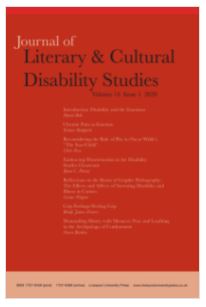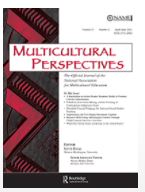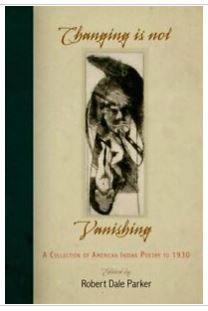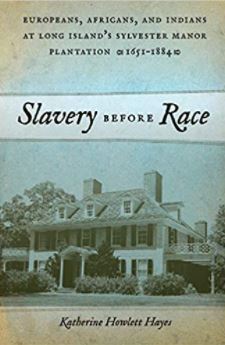Celebrate Indigenous Peoples Day (October 11th) with a selection of some of the Libraries’ resources on Indigenous Long Island and issues in Indian Country. Indigenous Peoples Day is a holiday on the second Monday of October that celebrates and honors Indigenous peoples, histories, and cultures.

1) Outside the Rules: Invisible American Indians in New York State. Rose, Samuel and Richard Rose. 2015. Wicazo sa review 30, no.2: 56-76.
New York State is home to several federally recognized tribes. This article complicates the understanding of Indigenous histories in what is now New York.

2) “Traditionally, Disability Was Not Seen as Such”: Writing and Healing in the Work of Mohegan Medicine People. Senior, Siobhan. 2013. Journal of Literary & Cultural Disability Studies 7, no.2: 213-229.
Article offers Mohegan interpretations and portrayals of illness and disability. Mohegan medicine peoples understand illness/disability as “products of settler colonialism.”

3) Addressing Anti-Indianism in the Mainstream Curriculum: A Partnership Model. Caracciolo, Diane. 2008. Multicultural perspectives (Mahwah, N.J.) 10, no.4: 224-228.
Written by a local-Long Islander, this article discusses engaging students in the classroom activities that help unlearn misconceptions and stereotypes about Indigenous peoples.

4) Changing is Not Vanishing: A Collection of Early American Indian Poetry to 1930. Parker, Robert. 2011. Philadelphia: University of Pennsylvania Press.
Compilation book of Indigenous poetry written before 1930 about a variety of topics.

5) Long Island Indian Affairs 1664 to 1681. Bakel, John C. 1993. Huntington, NY: Town of Huntington.
Collection of court documents from the Town of Huntington concerning local Indigenous peoples.

6) Slavery before race: Europeans, Africans, and Indians at Long Island’s Sylvester Manor Plantation, 1651-1884. Hayes, Katherine Howlett. 2013. New York: New York University Press.
This book explores common themes in Indigenous Studies through a case study of one of the first plantations in the North.
Latest posts by Sharon Williams (see all)
- Stony Brook University Libraries is Partnering with Ithaka S+R on “Making AI Generative for Higher Education” - July 5, 2023
- Students Can Now Voluntarily Deposit their Dissertation or Theses in Academic Commons - May 11, 2023
- Celebrate Native American Heritage Month with 5 Library Resources - November 1, 2022

